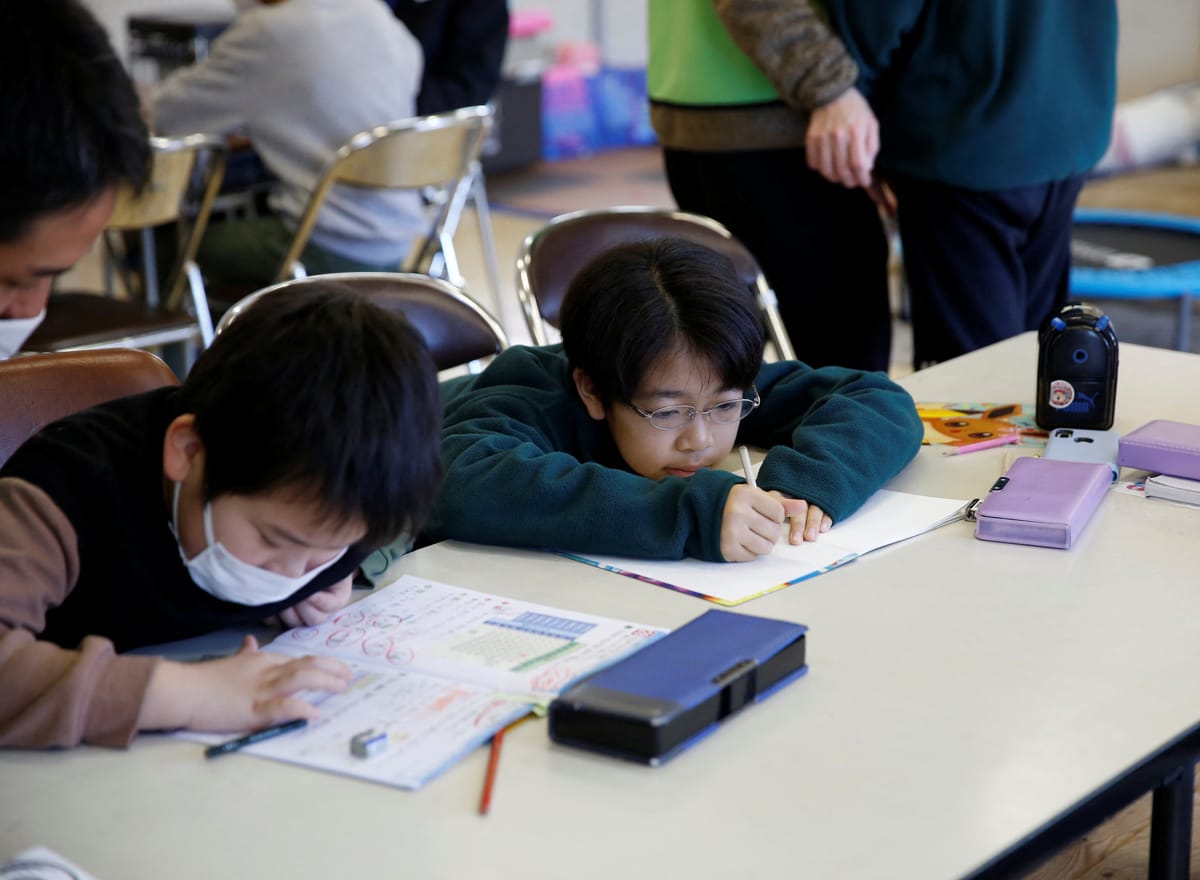Childcare fees are at a high and pushing more women out of the workforce
With inflation on the rise across the world and a cost of living crisis in many places, childcare prices have skyrocketed.

A few minutes every morning is all you need.
Stay up to date on the world's Headlines and Human Stories. It's fun, it's factual, it's fluff-free.
With inflation on the rise across the world and a cost of living crisis in many places, childcare prices have skyrocketed. It comes as no surprise that this affects women the most – especially when it comes to their careers. Bloomberg recently looked at how rising childcare costs affect people and found that economies are suffering as a result.
For starters, according to mobility company ECA International, average daycare fees rose by 6% in 2023 compared to the previous year (and by 9% just in the US). The work landscape is also shifting once again now that the pandemic is over, and companies are demanding that employees spend more time in the office.
During COVID, most employees worked from home, allowing parents to look after their young children, meaning they didn't have to fork over cash for childcare. But this return-to-office shift has left parents struggling to afford daycare costs. That means many women are reducing their hours, changing jobs for more flexibility or leaving the workforce altogether. On top of this, women are having fewer children and some have none at all because it's so expensive. And even though many governments are coming up with ways to help working parents, high childcare costs are still a huge issue.
"The economy as a whole pays a high price for leaving women out of the workforce," said Adriana Dupita, an analyst at Bloomberg Economics. "Global GDP [gross domestic product] could be some 10% higher if female labor participation matched that of men."
One woman in the UK who works for Lloyds bank said: "Having to work in the office means I will have to pay for breakfast club and after-school club, but this still doesn't cover the time it will take for me to commute. I'm at a loss as to what I can do." Another woman, Amy Fune, a single parent working at a New York City nonprofit, said she earned too much to qualify for childcare benefits to help her afford full-time daycare while working. So Fune had to leave her job to access benefits, and she and her son had to move into a shelter.
In Japan, women typically are expected to have a job, take care of their children and run a household. And they often don't get much help from men, meaning they do a lot more of that work. Rie Yanagisawa and her husband both work, with him putting in 60 to 65 hours a week, meaning Rie is essentially a single parent on weekdays. Despite Japan's declining birth rate and cheaper state-backed nurseries than in the US and the UK, many women still have a hard time juggling all of these factors.
Some companies are helping with incentives like extended maternity leave, better benefits and more flexible working arrangements. But more can be done across the board. Studies have continued to show that more women in the workforce increases output and brings down inequality and extreme poverty.




Comments ()